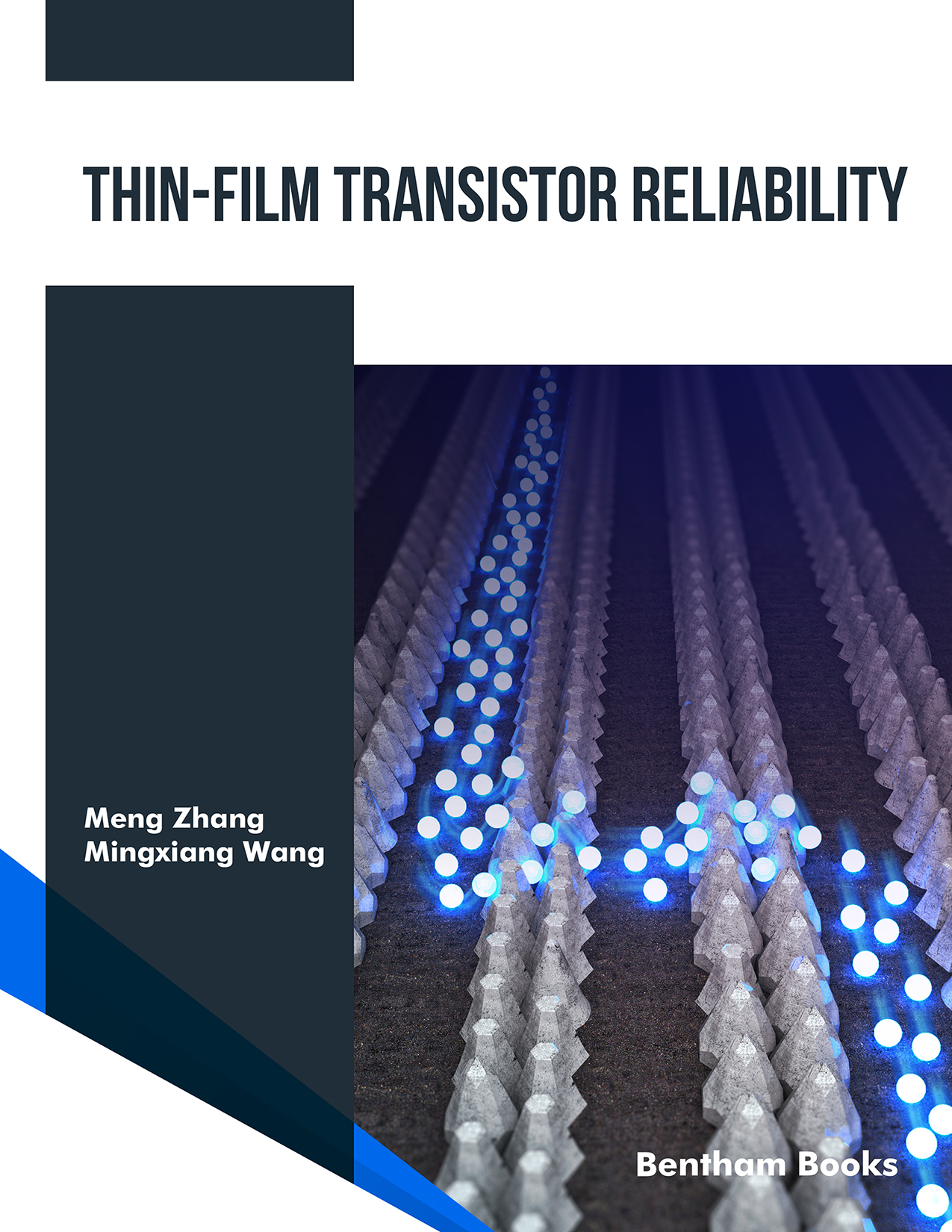Welcome to the exciting world of "Thin-Film Transistor Reliability". This book delves into the intricate details and challenges associated with the reliability of thin-film transistors (TFTs), providing a comprehensive overview of their structure, fabrication processes, and applications in modern electronics. It explores the various degradation mechanisms that affect TFT performance and presents analysis methods to assess their reliability.
Chapter 1 serves as an introduction to TFTs, giving you a solid foundation by discussing their overview, development history, classification, and comparison. It also explores the various applications of TFTs in modern electronics, such as active-matrix displays, sensors, and other circuits. Additionally, this chapter sheds light on the reliability of TFT technology, highlighting the degradation processes that can occur in active-matrix displays, sensors, and other applications. Chapter 2 delves deeper into the reliability issues of TFTs, focusing on the common defects found in silicon-based TFTs and metal oxide TFTs. It explores the different types of defect states and typical degradation mechanisms that affect the performance of TFTs. In Chapter 3, various reliability analysis methods for TFTs are explored. From degradation analysis in different regions to CV curve analysis, low-frequency noise analysis, and thin-film quality analysis, this chapter provides a comprehensive overview of the techniques used to evaluate and analyze the reliability of TFTs. Simulation analysis techniques are also discussed, including TCAD simulation and thermal simulation. Chapter 4 examines the degradation induced by DC voltage stress in TFTs. It covers gate bias stress, hot-carrier effects, and self-heating effects, discussing their impact on both silicon-based TFTs and metal oxide TFTs. Chapter 5 shifts the focus to AC voltage stress-induced degradation in TFTs. It explores the degradation models and behavior of poly-silicon TFTs and metal oxide TFTs under AC stress, highlighting the dependence on waveform elements. A comparison between the two types of TFTs is provided as well. In Chapter 6, circuit-level stress-induced degradation in TFTs is discussed. This chapter covers AC degradation under DC bias, bipolar AC degradation, and ultra-fast AC degradation, shedding light on the impact of different stress conditions on the performance and reliability of TFTs. Chapter 7 explores the effects of environmental factors on TFT reliability. It discusses the influence of temperature, illumination, and moisture on the performance and degradation of TFTs. Finally, Chapter 8 presents strategies and methods for improving the reliability of TFTs. It discusses the implementation of special structures in TFTs and explores other improvement methods, providing valuable insights into enhancing the overall reliability of these electronic devices. In the concluding chapter, Chapter 9, the key findings and insights presented throughout the book are summarized, providing a comprehensive overview of TFT reliability. The future directions and potential areas of research in the field of TFT reliability are also discussed.
This book aims to provide researchers, engineers, and students with a comprehensive understanding of TFT reliability and the tools to assess and enhance it. It combines theoretical insights with practical knowledge, making it an invaluable resource for anyone involved in the field of electronics. I hope that readers will find this book informative, inspiring, and a catalyst for further advancements in the reliability of TFT.
Finally, we would like to extend our deepest appreciation to our dear students, Mr. Zhendong Jiang, Mr. Guanming Zhu, Mr. Yiming Song, Mr. Yunyang Wang, Mr. Xindi Xu, Ms. Yuwei Zhao, Mr. Pengfei Liu, Mr. Bin Wang, Mr. Qingcan Su, Mr. Zihan Wang, Mr. Feilian Chen, Mr. Mingjun Zhang, Mr. Ruipeng Shen, and Mr. Ming Guo for their invaluable assistance, from collecting research materials to assisting with illustrations and figures. We also would like to express our deep gratitude to the National Natural Science Foundation of China (Grant Number: 62274111) and Shenzhen Municipal Research Program (Grant Number: SGDX20211123145404006) for their generous support throughout the writing process.
Meng Zhang
College of Electronics and Information Engineering
Shenzhen University
Shenzhen, China
&
Mingxiang Wang
Department of Microelectronics
Soochow University
Suzhou 215006, China

